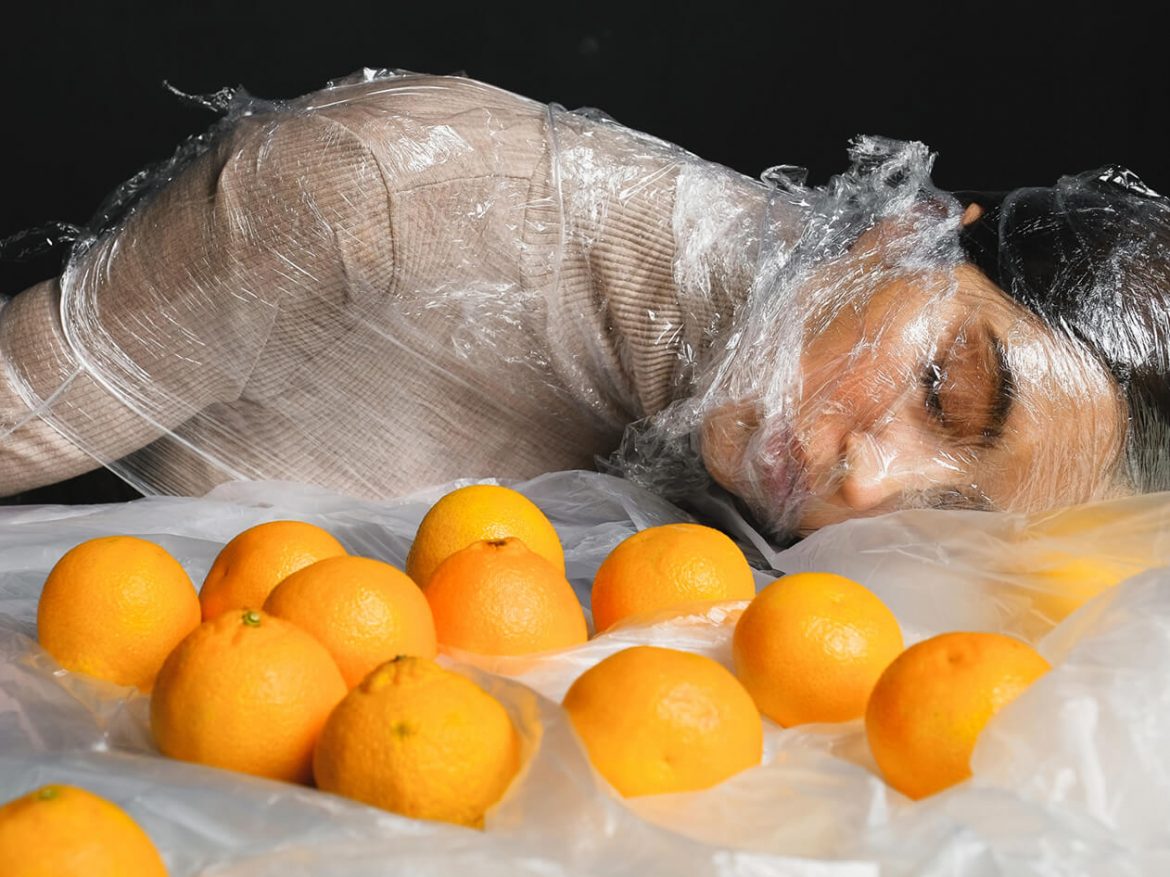Architectural photography is something just about every photographer engages in at some point or other, if only casually. Nevertheless, it’s surprisingly tricky to pull off well.
Each building has a mood and personality of its own, and the best photography will not only look good but will capture these qualities as well, allowing the viewers to share in the feel of a place. It’s not as easy as it might look.
Take the Time to Really Get to Know the Space
To capture the essence of a building, whether inside or out, you’ll need to take some time to get to know it. On a practical level, this means scouting out the location, noticing how the sun travels, where the shadows are at different times of day, checking out the various access points, and seeing where lines converge.
Look for unusual angles and unusual perspectives. Notice if and when people are about and decide whether you want to include them in your shot.
Watch Your Lines
One of the most important keys to good architecture shots is to make sure your lines go precisely where they’re supposed to. Vertical lines should be vertical, horizontal lines, horizontal. Sounds elementary, but in reality, it can be very challenging, especially if you have to tilt the camera up to get all of a building in the frame.
Parallel lines will start to converge (also known as keystoning), and the building will look like it’s falling backwards. Also, if you’re using a wide-angle lens, you’ll probably have a fair amount of distortion to cope with.
Outdoors: Catch the Light
As in all photography, lighting is one of the key elements that will make or break your shot. For exterior shots, the old landscape adage holds true here: “shoot during the golden and blue hours.”
The golden hour is the first and last hour of sunlight in a day; the blue hour is the hour before sunrise and after sunset. It’s during these times that you’ll get the best quality of light.
Indoors: Make the Light Work for You
Lighting-wise, interior shots tend to be more complicated than exterior shots. Unless you’re able to bring your own lighting equipment, you’ll have to make do with the lighting that’s there, which may or may not be easy to work with.
If there are windows, make sure to shoot during the brighter hours of the day to maximise the natural light available. For low-level lighting, you’ll need a tripod for stabilisation during long exposure shots.
Don’t Forget the Details
Most people focus on capturing buildings as a whole. But shooting from a macro or conceptual level oftentimes will open up an entirely new can of possibilities.
Keep a look out for details and geometric patterns that others might not notice, particularly with older buildings. How do the lines interact with each other? How does the light emphasise the texture of the building materials? Where do the shadows fall?
A little bit of exploration might not only grant you some fantastic shots, but it may also help you discover something new or exciting about the building’s construction or history, allowing you to add more story into your shots.
Edit

